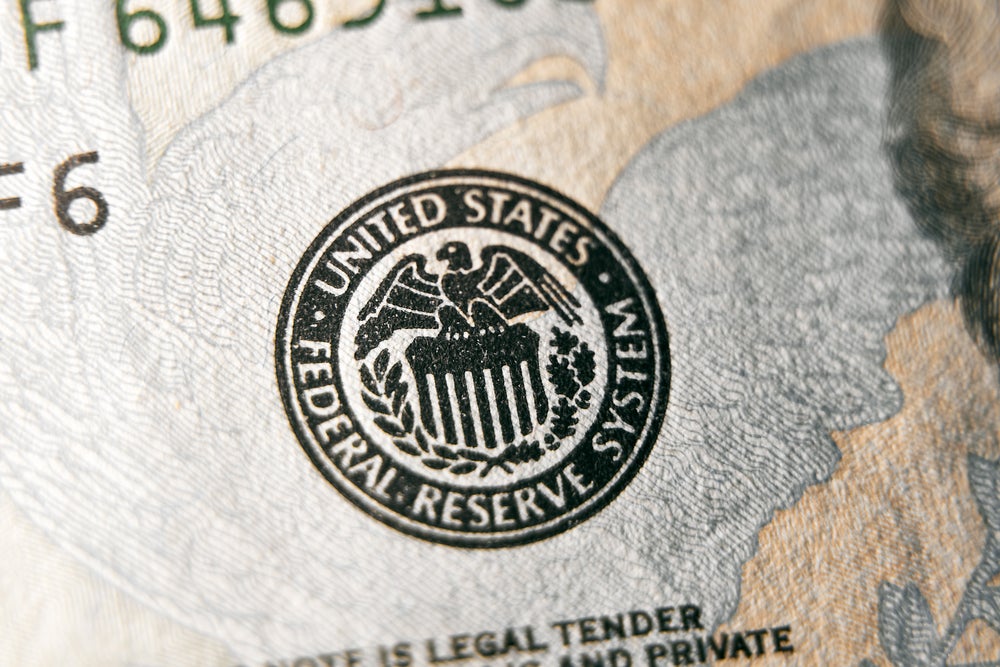As the US National Retail Federation (NRF) proclaims there is “no sign of a recession” in its monthly economic review, chief economist Jack Kleinhenz has emphasised the influence of the labour market and interest rates on the country's retail sector.
“Federal Reserve officials have tough policy choices ahead,” Kleinhenz said. “There is still a risk that keeping rates too high could curb the economy’s momentum more than necessary. Yet if they lower rates too soon, it could allow the economy to re-inflate and make it harder to contain inflation pressures.”
Kleinhenz asserts that consumer spending will continue to grow throughout 2024, but at a rate slightly below overall GDP [gross domestic product] growth.
“Consumers were in decent shape heading into the holiday season, but the labour markets, while unlikely to unravel, do look likely to cool, which would impact consumer expectations and, in turn, affect spending decisions.”
According to the NRF, consumer sentiment was at its highest level in nearly three years in January 2024 as US shoppers appeared more upbeat about the economy, income and employment.
Labour productivity in US retail
The Bureau of Labor Statistics recently introduced experimental measurements of retail output and labour productivity. These provide a fuller understanding of the industry given significant changes such the development of e-commerce platforms, fulfillment centres and distribution networks by many retailers.
Kleinhenz commented, however, that “while productivity growth offers positive news regarding economic growth and the goal of reducing inflation, there is not enough evidence to be sure it will continue.”
He believes that striking the balance between implementing rate cuts to support the economy while not allowing hiring to slow too much is the key challenge.
The NRF recently expressed strong reservations about the US Department of Labor’s finalised rule on independent contractor classification.









